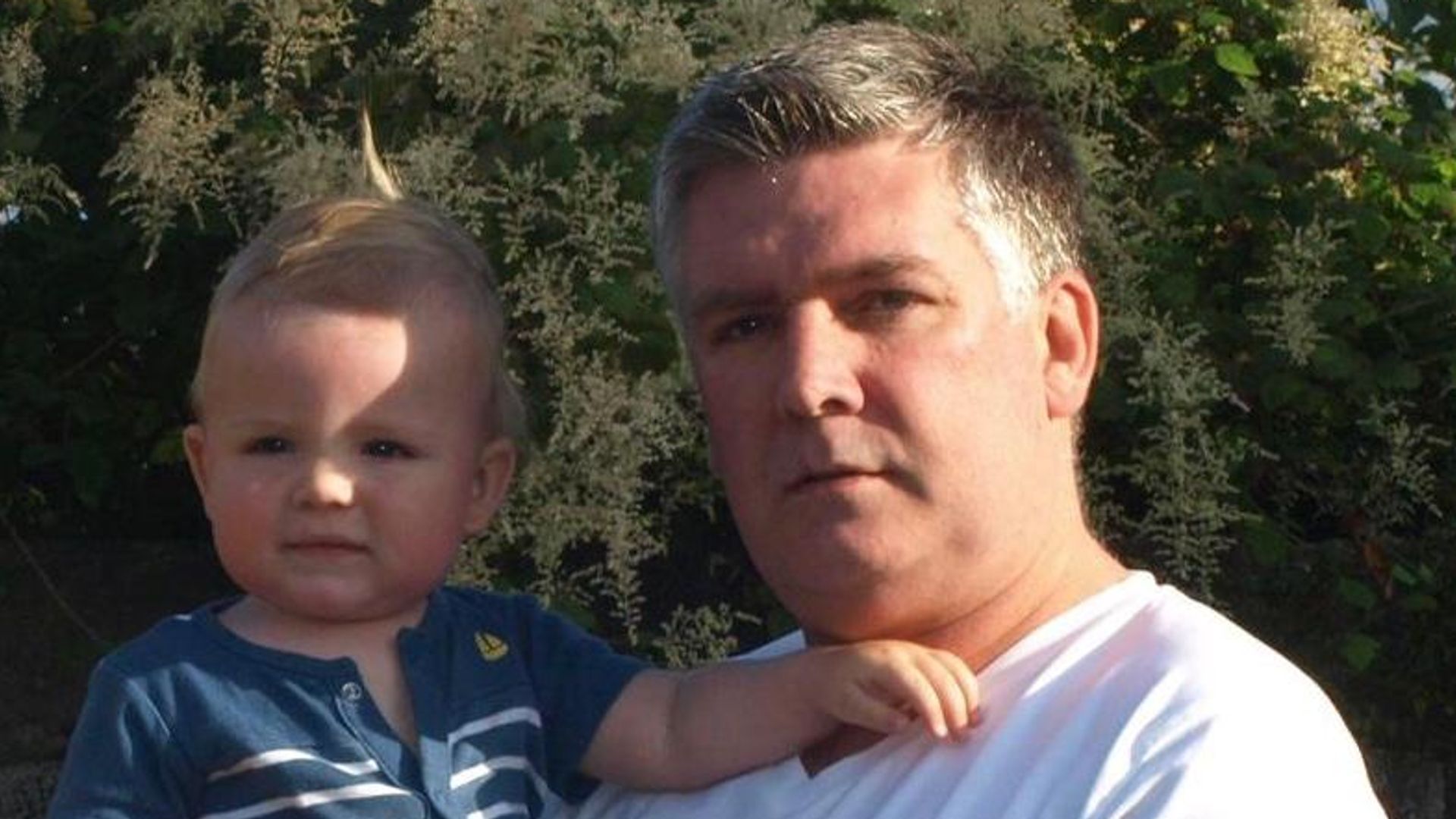
National leaders cited Maine as a leader in responding to the opioid crisis during a state summit dedicated to the topic Monday, an accolade that came against the grim backdrop of rising overdose deaths.
Maine saw a 9 percent increase in overdose deaths in the first five months of 2022 compared with the same period last year, according to the state’s monthly overdose report, which showed three-quarters of those deaths involved fentanyl. It could foreshadow a new high after Maine saw over 600 people die from overdoses last year. U.S. Centers for Disease Control and Prevention data show Maine was in the top 10 states for drug overdoses in 2020.
Those challenges have been tied to the isolation and difficulty in providing services during the first two years of the coronavirus pandemic under Gov. Janet Mills. They present additional challenges in tackling a problem that has worsened in Maine and nationally. But national leaders say the state’s data-driven focus and efforts to provide multi-pronged support to people in recovery helped shape its own policies and could help other states tackle the issue.
“And that leadership, what you’re seeing and living every single day here in Maine, is what we will want to try to replicate all over the country,” said Rahul Gupta, the director of the White House Office of National Drug Control Policy under President Joe Biden.
In an interview, Gupta said he was specifically struck by Maine’s tracking of nonfatal and fatal overdoses. It demonstrated the need to revamp how the country tracks overdoses, something he called for in an article in late June. He also highlighted the state’s mobile recovery team and treatment for incarcerated people, as well as efforts to provide housing, childcare, jobs and food security support that helped shape his office’s drug control strategy, he said.
The state’s tracking of non-fatal overdoses is significant because many people who die have lived through past overdoses, said Gordon Smith, director of Maine’s opioid response. Maine is able to record that well because it relies in part on its distribution network of naloxone, an overdose reversal antidote, to inform them when a kit is used and under what circumstances. That can help officials understand what interventions a person might need.
In a speech, the governor focused on her administration’s efforts to meet the crisis, pointing specifically to the distribution of 200,000 naloxone doses, a new overdose review board, expanding coverage under MaineCare and her signing of a compromise bill to expand Maine’s Good Samaritan law.
But Mills said more will need to be done to fully address the problem and announced an additional $4.5 million to build residential treatment beds for community providers.
“Every life lessened, shortened, diminishes our state,” she said, referencing the death of 14-year-old Hannah Flaherty in Eustis last month.
The Democratic governor faces reelection this fall against her major opponent, former Gov. Paul LePage. The state’s policies and struggles were criticized by the Maine Republican Party, with executive director Jason Savage blaming Mills’ pandemic policy for the rise in overdose deaths, although they have also risen nationally over the past year. The Maine Democratic Party noted LePage had vetoed efforts to expand access to naloxone, saying in 2016 that the drug does not save lives but merely “extends them.”
Gupta acknowledged the crisis has continued to evolve in ways that test prevention efforts. Counterfeit pills that include synthetic opioids are increasingly a problem, and the country needs more people trained in addiction treatment to provide help, he said.
But the summit also focused on the hope that recovery can bring people. Sarah Langevin of Auburn was using drugs daily until she became pregnant. Now a recovery coach at Save A Life Recovery Network, she told attendees that many in every Maine community want to see people with substance misuse disorders succeed.
“Pick up the 1,000-pound telephone and ask for help because I am so incredibly grateful that I did,” she said.










